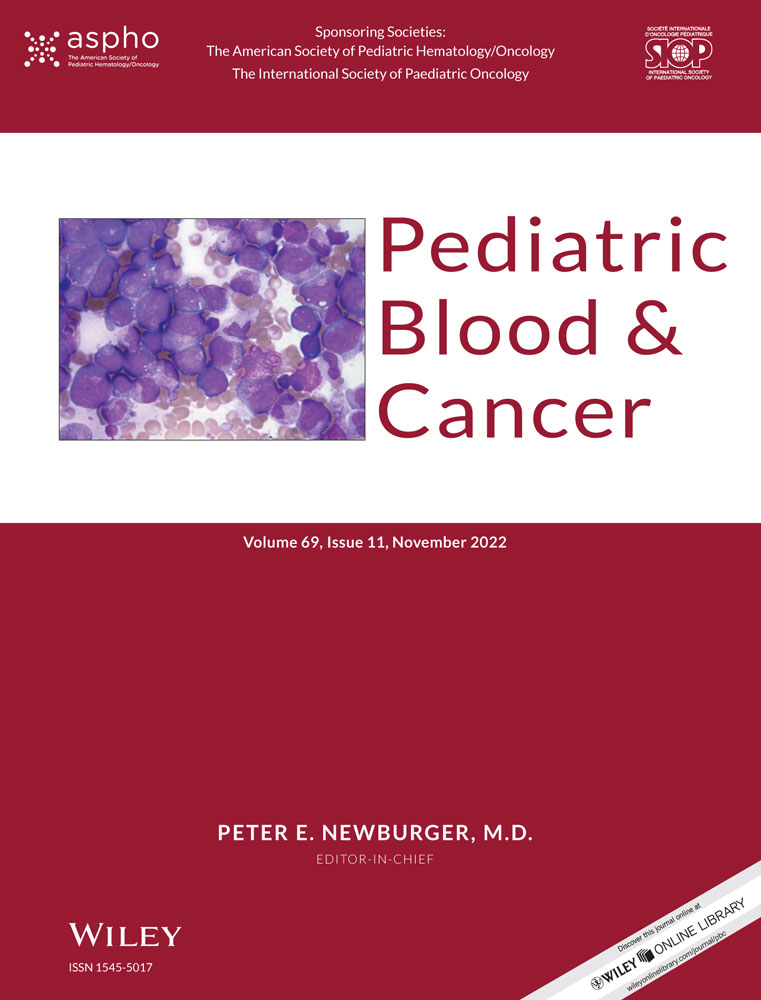Asphericity of tumor [123I]mIBG uptake as a prognostic factor in high-risk neuroblastoma
Abstract
Background
In recent years, many research groups have attempted to identify a subgroup of “ultra-high risk” patients within the high-risk neuroblastoma (NB) category. The aim of our study was to evaluate the prognostic significance of parameters derived from pretherapeutic 123I-meta-iodobenzylguanidine ([123I]mIBG) integrated single photon emission computed tomography and computed tomography in high-risk patients with NB.
Methods
The established parameters metabolic tumor volume (MTV), maximal standardized uptake value (SUVmax) and the novel parameter tumor asphericity as well as clinical (age, stage) and genetic factors (1p/11q deletions and MYCN amplification) were analyzed in this single-center retrospective study of high-risk patients with newly diagnosed NB. Univariate/multivariable Cox regression and propensity score matching were performed for clinical and radiological parameters.
Results
Twenty-eight high-risk patients with NB were included (14 males, median age 28.8 (11.3–41.0), range 3–74 months). Multivariable analysis of “full” cohort identified high asphericity (≥65%, adjusted hazard ratio [HR] 5.32, 95% confidence interval [CI]: 1.18–24.07, p = .03) and MTV (≥50 ml, adjusted HR 4.31, 95% CI: 1.18–15.80, p = .027) as the only factors associated with worse event-free survival. In matched cohort, tumor asphericity was a significant predictor of relapse/progression (HR 3.83, 95% CI: 1.03–14.26, p = .046).
Conclusion
In this exploratory study, imaging parameters related to tumor metabolic activity, tumor asphericity and MTV, provided prognostic value for event-free survival in high-risk NB patients. Asphericity ≥65% and MTV ≥50 ml may serve as additional prognostic factors to those already used.
CONFLICT OF INTEREST
The authors declare that there is no conflict of interest.
Open Research
DATA AVAILABILITY STATEMENT
The data supporting the findings of this study are available within the article. Further inquiries can be directed to the corresponding author.




